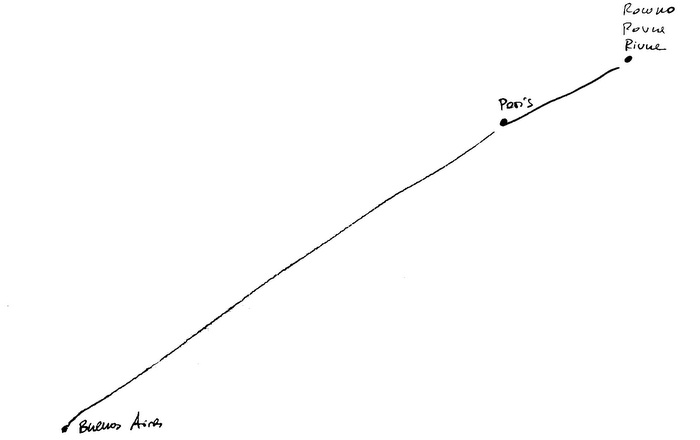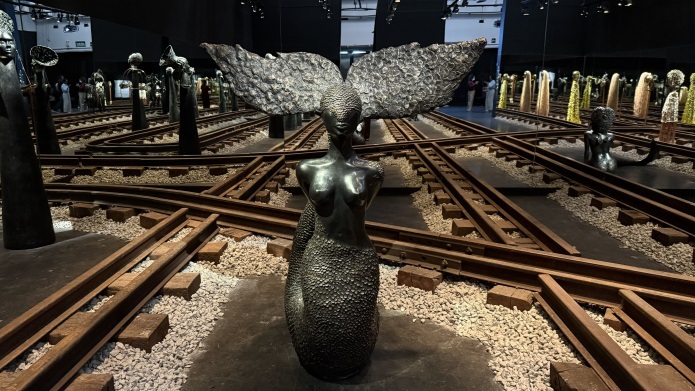In the José Martí National Library, and as part of November Photography, the Selma exhibition (1965-2018) was inaugurated by North American photographers Spider Martin (1939-2003) and Karen Graffeo with Cuban lens artist Julio Larramendi. Present at the opening were Dr. Eduardo Torres Cuevas, director of that institution adjoining Havana's Plaza de la Revolución; Gladys Collazo, president of the National Heritage Council; Norma Rodríguez Derivet, president of the National Council of Plastic Arts; and Nelson Ramírez de Arellano Conde, director of the Fototeca de Cuba.
Selma is a small city in Dallas County, Alabama. In 1965 he became famous for being the center of the days known as Marches from Selma to Montgomery, carried out by activists of civil rights in the United States, which led to the approval in that same year of the Voting Rights Act, which prohibited discriminatory practices in the suffrage of African-Americans. The first of the marches, held on March 7, 1965 and known as Bloody Sunday for the death of activist James Reeb, raised a wave of protests and acts of civil disobedience that even today, each year, is remembered in that locality and throughout the United States by the progressive movements of that nation.
Dr. Torres Cuevas recalled the sixties and the immediate solidarity that these movements had on the part of the Cuban people and their Revolution. «They were years of struggle, difficult years, years in which they were conquered, sometimes at a very high human cost, things that we enjoy today and that seem normal to us. There was a very intense interrelation between various social spaces that until then had not had a communication, that united against the war and against racial discrimination. The images in this exhibition reminded me of the deep ties of solidarity of the Cuban revolutionaries with these North American civil movements».
In the catalog of the exhibition, Julio Larramendi expresses: «The march from Selma to Montgomery, the so-called Bloody Sunday, marks a milestone in this story. For fifty-three years it has been celebrated in remembrance of those events. Coinciding with the fifty anniversary of the assassination of Martin Luther King, we had the intention of preparing an exhibition that would illustrate three visions of this march and its annual celebration in Selma».
Spider Martin's photographs of these events marked a period and were a reference for later historical reconstructions. It is the first opportunity in which these snapshots are shown to the Cuban people, and this must be owed to the generosity of Mrs. Tracy Martin and Congressman John Lewis. Tracy is the daughter of Spider Martin and has offered the rights so that the photos can travel to Cuba. Lewis marched next to Dr. Martin Luther King on the Selma Bridge, and continues to do so every year. «His tireless work - I quote - in favor of human rights and his inspiring life are a message and gift of ethics and courage for humanity».
Karen Graffeo said that the negatives of the photographs taken by Spider Martin were stolen and hidden by the Ku Klux Klan. «However, an African-American woman who worked as a custodian in the offices of a newspaper saw how they were hiding them, and thanks to that they could be recovered. History cannot be stolen. The knowledge of what happened in the provincial Selma is here, to inspire all of us, those of us who want to work together to demonstrate that a better world is possible ».
Speaking to those present at the inauguration of Selma (1965-2018), Larramendi -who recently inaugurated in the Palacio de Lombillo in Old Havana the personal exhibition "Patrimonial Cities of Cuba" -explained that the exhibition was set up three years ago, when he began to teach in Alabama. «There I had contact with black minorities, with poverty, with that feeling of inferiority that still exists there today. Karen and I are professors of Photography in two different universities, and we decided to take our students to experience the marches on the Selma bridge. The idea was always to show three visions about the same fact: that of photographer Martin, who was there in 1965, ours and the students'. That is the essence of this exhibition ».















